Do you have a succulent in your home? If so, you know they bring life and vibrant color to any room. But have you ever wondered about the water requirements for these prickly plants to maintain their well-being? Proper watering can be the difference between an unhealthy plant that withers away and one that’s growing strong and happy. We’ll discuss different types of succulents, light availability, seasonality, and more! By following our expert advice on succulent care practices such as watering schedules, your plants are sure to remain healthy for years to come.
Succulent Plants
Succulent plants, known for their plump, water-storing leaves, are incredibly diverse and come in an array of shapes, sizes, and colors. Their unique appearance and relatively low maintenance needs have led to a surge in their popularity, especially among urban dwellers seeking a touch of nature within their homes. Originating from arid regions such as the deserts of Africa and the Americas, succulents have evolved to thrive in environments with minimal water due to their ability to retain water in their thick, fleshy leaves, stems, or roots. [1] This characteristic, coupled with their hardy nature, makes them excellent houseplants for both novice and experienced plant enthusiasts.
Types of Succulent Plants
There is a vast array of succulent plants, each having its unique characteristics and care requirements. Some common types include Aloe Vera, known for its healing properties; Jade Plant, recognized for its fleshy, oval-shaped leaves; and the Echeveria species, with their signature rosette formation. Other popular varieties are Zebra Plant, String of Pearls, and Crown of Thorns. [2] Each of these types thrives under different conditions, and understanding their specific needs is crucial to their care.
As an example, Zebra Plant, known for its leaves adorned with white stripes, thrives in bright yet indirect light and needs to be watered less frequently compared to other varieties. In contrast, String of Pearls, known for its unique bead-like foliage, thrives best in bright light and needs a well-draining soil mix to prevent root rot. Similarly, Crown of Thorns, with its vibrant flowers and thorny stems, can tolerate direct sunlight and requires more frequent watering. Understanding these distinctions is essential for providing the right care for your succulent plants.
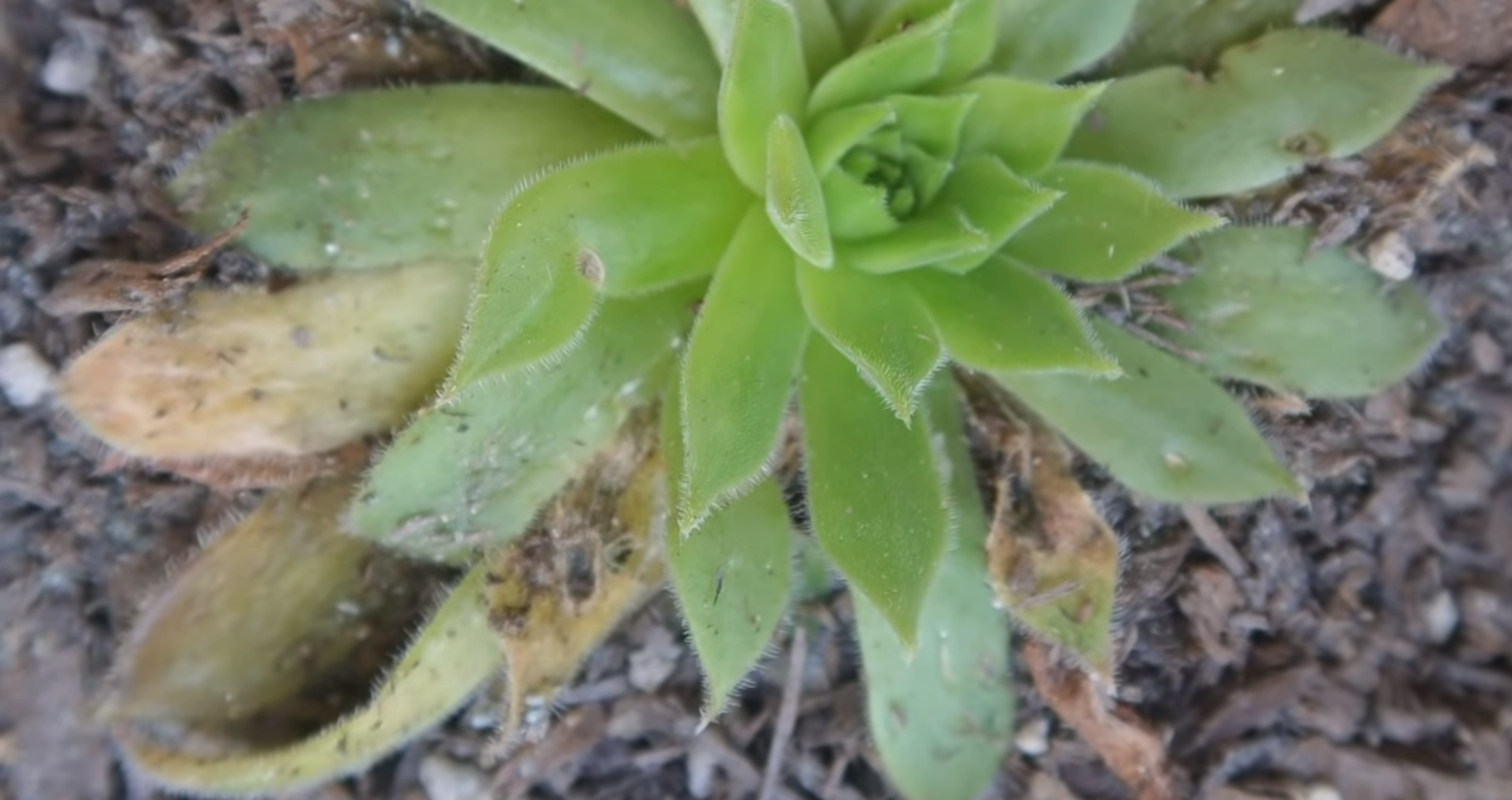
How Much and How Often to Water?
Determining the right amount and frequency of watering for succulents can be a tricky task as it largely depends on the type of succulent, the environment, and the season. However, a common rule of thumb is the “soak and dry” method. Proper succulent care involves thoroughly watering the plants until excess water drains from the holes, followed by allowing the soil to completely dry before the next watering. Overwatering is a common error that can result in root rot and the eventual demise of the succulent. Therefore, it’s better to err on the side of underwatering.
In terms of frequency, most succulents typically need watering approximately once every 1-2 weeks in the summer months when they’re actively growing, and once every 3-4 weeks in the winter months when they’re dormant. [3] Remember, these are general guidelines and the actual watering needs of your succulents may vary based on their type and the conditions they’re growing in. Before watering, it is important to check the moisture levels of the soil and make necessary adjustments to your watering schedule in order to keep your succulents healthy and happy.
What factors influence the frequency of watering?
The frequency of watering your succulents can vary depending on various factors. These factors encompass the succulent type, pot size, soil type, sunlight exposure, and prevailing climate conditions. Recognizing and understanding these factors can help you develop an effective watering schedule for your succulent plants, ensuring their growth and longevity.
Season
The season has a significant impact on the watering needs of succulents. In the months when succulents experience their active growth period, they need more frequent watering, usually every 1-2 weeks. This is due to the higher temperatures and increased sunlight, which cause the water to evaporate faster, resulting in dry soil. On the other hand, when the temperature drops and succulents enter a dormant phase, their growth slows down and they require less water. It’s not uncommon for succulents to need watering only once every 3-4 weeks in winter.
However, it’s crucial to remember that these are general guidelines and can vary based on other factors such as the type of succulent, the indoor environment, and the specific climatic conditions of your location. Prior to watering, it is crucial to consistently check the moisture level of the soil. Adjust your watering schedule accordingly to maintain the well-being and vigor of your succulents.
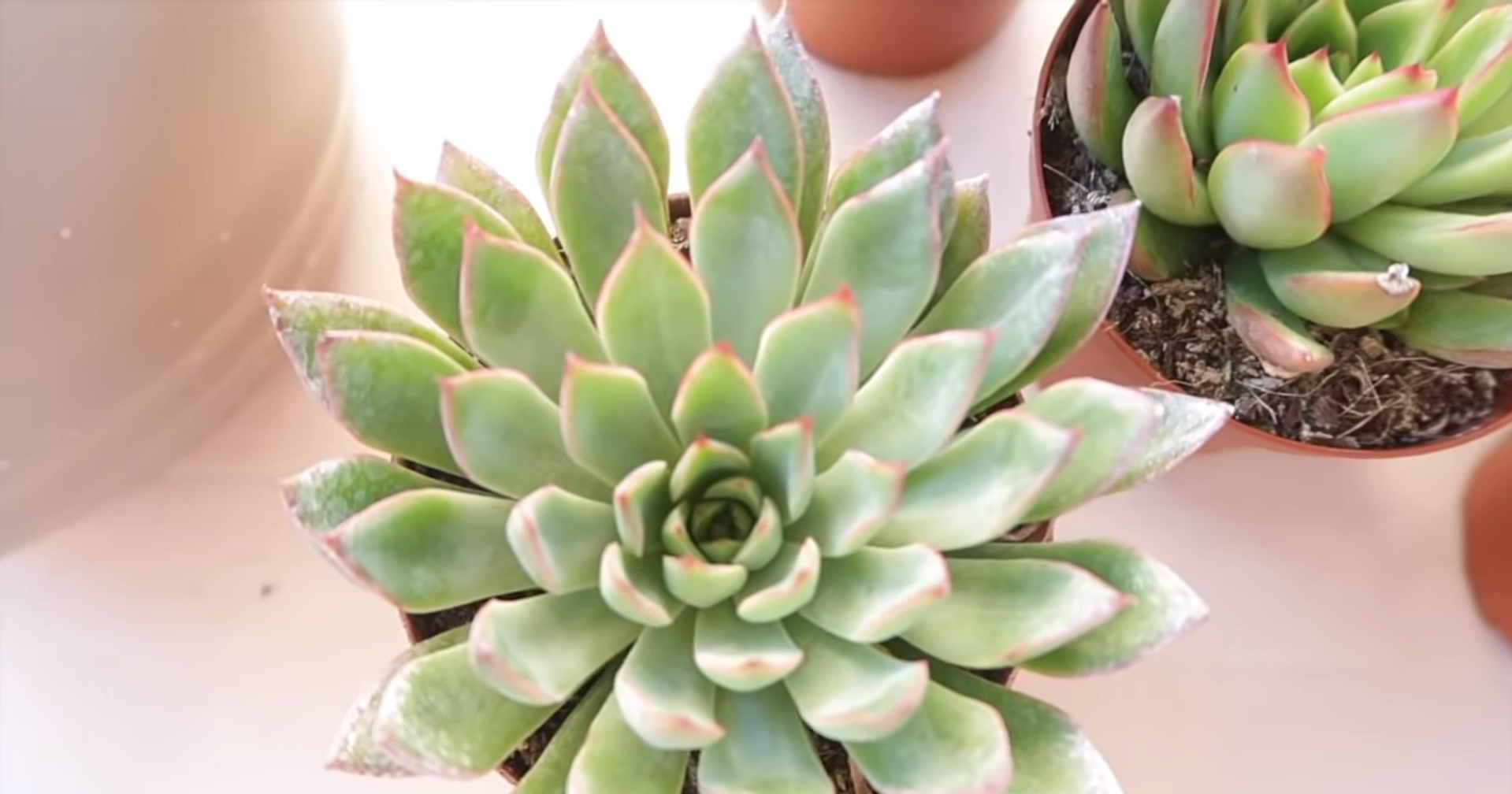
Container Size
The size of the container or pot in which the succulent plant is housed significantly influences how often it needs to be watered. Larger pots contain a greater volume of soil, which in turn holds more water, and thus, the soil in larger pots tends to stay moist for a longer period. Therefore, succulents in larger containers generally need watering less often compared to those in smaller containers. Conversely, smaller pots contain less soil and dry out faster, requiring more frequent watering. However, it’s worth noting that regardless of the pot size, overwatering should always be avoided. The soil should be allowed to dry completely before re-watering.
Additionally, the material of the container also plays a role. Pots made from porous materials like terracotta or clay allow water to evaporate more quickly than those made from plastic or ceramic, which can retain moisture for longer. Therefore, succulents in terracotta or clay pots may need to be watered more often than those in plastic or ceramic containers. Understanding these nuances can help in devising an optimal watering schedule that keeps your succulents healthy and thriving.
Amount of Light
The amount of light a succulent receives is another critical factor that determines its watering needs. Generally, succulents are sun-loving plants and thrive best under bright light conditions. However, their water needs increase with exposure to more light. In a bright, sunny setting, the water in the pot’s soil tends to evaporate faster, which in turn necessitates more frequent watering. On the contrary, succulents located in lower light settings experience slower evaporation of water, thereby requiring less frequent watering. However, it’s important to note that while succulents can tolerate low light conditions, they may not truly thrive in them. [4] Prolonged exposure to low light can lead to etiolation, where the plant stretches out and becomes leggy as it reaches out for more light.
Moreover, succulents in low light conditions may need even less water than one might think because they’re not getting enough light to grow actively and use up the water in their soil. Therefore, it’s crucial to strike a balance ensuring your succulents receive plenty of light while monitoring their water needs carefully to avoid overwatering. Keep in mind that sudden changes in light conditions can stress succulents, leading to color changes or sunburn. Always transition them slowly when moving them to a brighter or darker location.
Humidity
Humidity plays a critical role in determining the watering needs of succulents. Succulents, which are accustomed to arid desert climates, tend to prefer low humidity environments. High humidity slows down the evaporation of water from the soil, meaning that the soil remains damp for a longer period. Consequently, in a high humidity environment, succulents require watering less often since the soil holds moisture for extended periods. Conversely, in dry, low humidity conditions, the soil tends to dry out quickly, calling for more regular watering to meet the plant’s needs.
However, even in such circumstances, overwatering should be avoided as succulents are adapted for drought conditions and can manage with less water. It’s also worth noting that high humidity can present challenges for succulents, as it can create a damp environment that encourages the growth of fungi and bacteria, potentially leading to pest infestations or disease. Therefore, it’s crucial to adjust watering practices based on the humidity levels in your environment to ensure your succulents stay healthy.
How to Water Succulents?
The process of watering succulents is relatively straightforward, but it requires keen attention to detail to ensure the plant’s health and vitality. Let us provide you with a detailed procedure on how to properly water your succulents:
- Start by assessing the moisture level of the soil: Prior to watering, gauge the dryness by inserting your finger about an inch into the soil. If it feels parched, then it’s an indication that the plant needs watering.
- Choose the Right Time: The best time to water succulents is in the early morning. This allows excess water on the leaves and the surface of the soil to evaporate during the day, reducing the risk of fungal diseases.
- Water Generously: When watering succulents, water until it drains out from the bottom of the pot. This ensures that the water reaches the entire root system. Avoid a light sprinkle, as it can lead to shallow root growth.
- Wait for the Soil to Dry: After watering, wait until the soil is completely dry before watering again. This mimics the natural cycle of drought and rain that succulents are adapted to in the wild.
- Adjust According to Season and Environment: Remember to adjust your watering schedule based on the season, light exposure, and humidity. During the active growth phase in warmer months, succulents tend to need more water. If they’re exposed to a lot of light, or if the air is dry, they may also need more frequent watering.
- Monitor Your Plant: Always keep an eye on your succulents. Signs of overwatering include yellowing leaves and a mushy feel, while underwatered succulents may have shriveled leaves. Adjust your watering practices as necessary based on your observations.
What signs show when it’s time to water your succulent plants?
Identifying when it’s time to water your succulents can prove to be a bit of a challenge, but fortunately, these hardy plants provide several telltale signs. One of the most common signs is the shriveling of leaves. Unlike an overwatered plant that becomes mushy and yellow, an underwatered succulent will have wrinkled or shriveled leaves as the plant pulls water from its own reserves. This is particularly noticeable in types of succulents with plump leaves, such as Echeveria or Sempervivum. Furthermore, these shriveled leaves may have a deflated appearance, and they may feel rigid or crunchy to the touch.
Another sign that your succulent needs watering is a change in color. Many succulents tend to change color or develop a ‘stressed’ look when they need water. These changes could include the leaves turning a deep red, orange, or even purple color.
Finally, the growth of the succulent can also provide clues. If your succulent is growing slowly or has stopped growing altogether, it could be a sign that it’s not getting enough water. In some cases, you may even notice the lower leaves on the plant drying up and falling off. This is not a cause for concern if the plant is otherwise healthy and it’s only happening to the older, lower leaves.
However, if you notice these signs in combination with other symptoms of underwatering, it’s time to give your succulent a drink. Always remember to adjust your watering schedule based on the specific needs of your plant and the conditions in your environment.
Tips to Take Care of Succulents
Here are some additional tips and advice on how to take care of succulents:
- Select the Right Pot: Choose a pot that has good drainage. Poor drainage can lead to root rot, which can be fatal for succulents. Pots made from terracotta or clay are excellent choices as they allow the soil to dry out quickly. When selecting a pot for your succulents, consider the size of the plant. Too small or too large of a pot can impede growth and drainage. You’ll also need to consider whether you’d like a plain pot or one with decorative features such as handles or feet. Additionally, if you plan on repotting frequently, it’s best to choose lightweight materials such as plastic or fiberglass. Ultimately, you want to make sure that your pot provides ample drainage and allows the soil to dry out quickly between waterings.
- Choose the Right Soil: Succulents prefer well-draining soil. Consider using a commercial succulent or cacti mix, or make your own by combining regular potting soil with coarse sand and perlite. When selecting soil for your succulents, you’ll want to consider the type of mix and its drainage capabilities. Succulent plants prefer well-draining soil as it allows excess water to quickly escape and prevents root rot. A good starting point is to look for a commercial succulent or cactus mix. Alternatively, you can make your own mix by combining regular potting soil with coarse sand and perlite. The ideal ratio will depend on the type of succulent you have, but a general rule is to aim for one part potting soil, two parts coarse sand, and one part perlite. This mix helps to create an aerated environment that facilitates water drainage while still providing the nutrients and minerals necessary for succulent growth. Finally, it’s important to keep your soil clean and free from debris by periodically replacing the top layer with a fresh mixture.
- Provide Enough Light: Succulents thrive in bright light. Make sure your succulents are placed in a location where they can receive plenty of indirect sunlight. When it comes to providing succulents with light, the key is to mimic their native environment as closely as possible. This means making sure that your succulents receive ample bright light with some shade during the hottest hours of the day. If you live in an area where direct sunlight outdoors isn’t available, you can use a grow light to provide your plants with enough illumination indoors.
- Temperature Control: Succulents are desert plants, and they prefer warm climates. In general, they thrive in temperatures between 70 and 80 degrees Fahrenheit. It’s important to keep in mind that sudden drastic changes in temperature can stress your plants and cause them harm. So make sure your succulent plant is kept away from heaters, air-conditioners, or other appliances that may produce drastic temperature changes.
- Fertilizing: Succulents do not require much fertilization. However, during their growth phase (spring and summer), you can fertilize them with a low-balanced, water-soluble fertilizer to promote growth. If you determine that your plant needs some additional nutrients, look for a low-balanced, water-soluble fertilizer specifically designed for cacti and succulents. These types of fertilizer are typically lower in nitrogen and higher in phosphorus and potassium, which encourages flowering and healthy root growth.
- Avoid Overcrowding: Succulents need space to grow. Overcrowding can lead to inadequate light and ventilation, which can induce rot and pest infestations.
- Pest Control: Keep an eye out for common succulent pests like mealybugs, spider mites, and fungus gnats. If you spot any, isolate the affected plant to avoid the pests spreading to other plants and treat it with an appropriate pesticide or natural remedy.
- Repotting: Succulents typically need to be repotted every two years. This gives you a chance to replenish the soil, inspect the root system, and remove any dead or rotting roots.
- Propagation: Many succulents can be easily propagated from leaf cuttings or offsets, which can be a fun and economical way to expand your collection. There are several methods of propagation you can try depending on the type of succulent you’re working with. Leaf cuttings and offsets are two popular methods for propagating succulents. Leaf cuttings involve cutting a mature leaf from the plant’s stem and allowing it to callous over before planting the cut end in well-draining soil. Offsets, or “pups,” are small plants that form at the base of a mature succulent and can be removed and planted as separate entities. To propagate successfully, create a warm and humid environment for your new cuttings or offsets to take root.
Frequently Asked Questions
How do I know when my succulent needs water?
You can identify when your succulent needs water by observing its leaves. If they are starting to shrivel or wrinkle, it’s usually a sign that the plant is using its stored water reserves, and thus needs additional water. This is particularly noticeable with succulents that have plump leaves. Additionally, if your succulent’s color changes or it begins to look ‘stressed’, it may need more water. Keep in mind that the frequency of watering depends on various factors including the specific type of succulent, the local climate, and the season. During warmer months or in drier climates, succulents may need to be watered more frequently. Always ensure the soil is dry before watering again to avoid overwatering.
Can you overwater succulents?
Yes, overwatering is one of the most common problems when caring for succulents. Succulents are drought-tolerant plants that store water in their leaves, stems, or roots. When they receive too much water, or if the soil they are planted in retains too much water, it can cause the plant’s cells to become waterlogged and burst, leading to root rot. Root rot is often fatal and is characterized by black, mushy roots and leaves. The leaves may also turn yellow or translucent because they are full of water. If you notice these signs and suspect overwatering, stop watering your plant immediately and let it dry out completely before watering it again. It may also be necessary to remove the plant from its pot and trim away any rotten roots. Always remember that it’s better to underwater than overwater when it comes to succulents.
Do succulents need direct sunlight?
Succulents do need sunlight, but not necessarily direct sunlight. While these hardy plants are well-known for their ability to thrive in dry, sunny conditions, many species actually prefer indirect or filtered sunlight. Direct sunlight, especially during the hottest part of the day, can sometimes scorch their leaves. Ideal locations for succulents include bright, east-facing windows or areas with morning sun and afternoon shade. Some varieties of succulents, particularly those with darker or more colorful leaves, can tolerate more direct sunlight than others. Therefore, it’s best to experiment with different locations in your home to find the spot where your specific succulent seems happiest.
How long do succulents live?
The lifespan of a succulent can vary greatly depending on the species, the care it receives, and environmental conditions. Many common indoor succulents, such as echeveria and aloe, can live for several years with proper care. Some slower-growing varieties, like cacti, can live for several decades and even up to a hundred years. It’s essential to remember that while succulents are relatively easy to care for, they do require specific conditions in terms of light, water, and temperature to thrive and reach their full lifespan. Providing your succulents with these optimal conditions will increase their longevity.
How long can a succulent go without water?
Succulents are known for their capacity to withstand dry conditions. Most varieties can survive without water for two weeks to a month, and some hardier types can go up to two months or more without water. This is because these plants have adapted to survive in arid conditions by storing water in their leaves, stems, or roots. However, the exact length of time a succulent can survive without water depends on its species, the humidity and temperature of its environment, and its size. Smaller succulents will typically need to be watered more frequently than larger ones. Despite their drought resistance, succulents will not thrive if they are consistently deprived of water for prolonged periods. It’s best to follow a regular watering schedule that allows the soil to dry out completely between watering.
Useful Video: How To Water Succulents (Tips to Keep Them Alive)
Conclusion
All in all, succulent plants can become a wonderful addition to any living space with the right amount of maintenance. With proper levels of water, drainage, and light, these little plants can withstand nearly any season and still look vibrant and lush. The key takeaway here is to keep in mind when it comes to watering them: less is more! In other words, wait until the soil is completely dry before adding water, and only do so sparingly – depending on the type of plant you own. Finally, with a little bit of research and effort to create an environment suitable for your succulent plants, you’ll be able to watch them thrive happily for years to come!
References:
- https://succulentmarket.com/blogs/care/where-do-succulents-come-from
- https://www.thespruce.com/types-of-succulents-7090763
- https://www.joyusgarden.com/how-often-should-you-water-succulents/
- https://www.thespruce.com/how-much-light-do-succulents-need-5224441





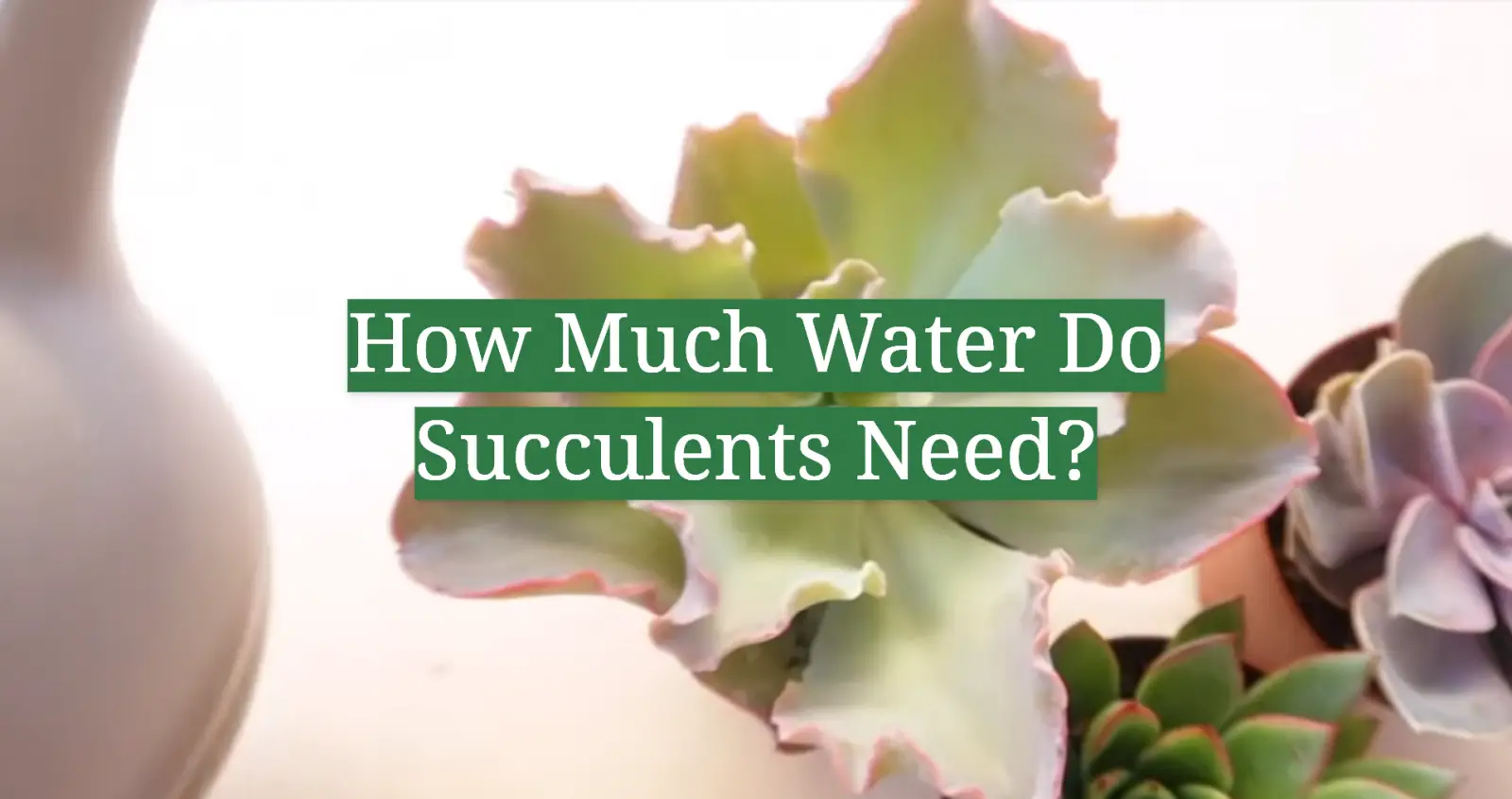
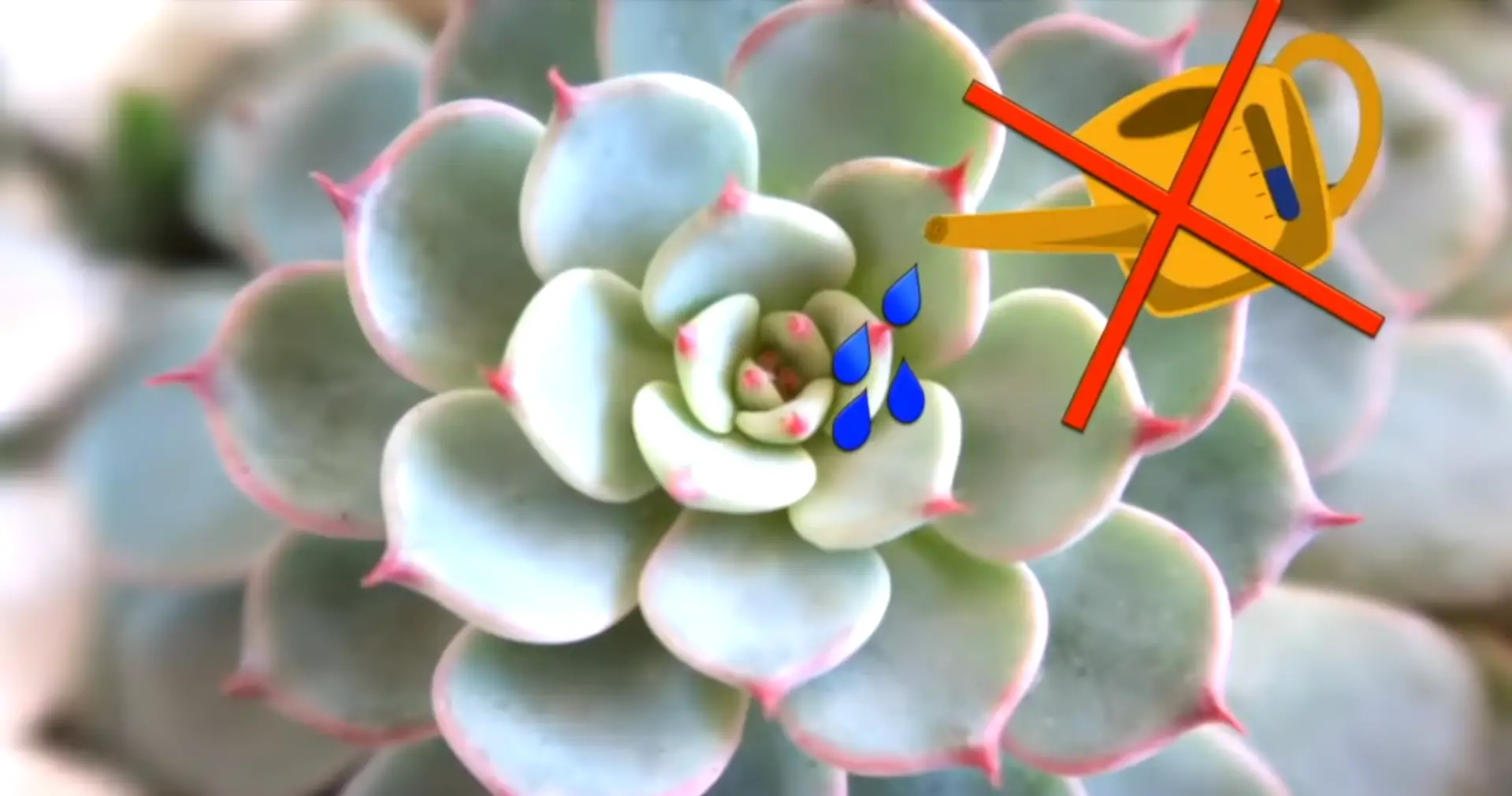

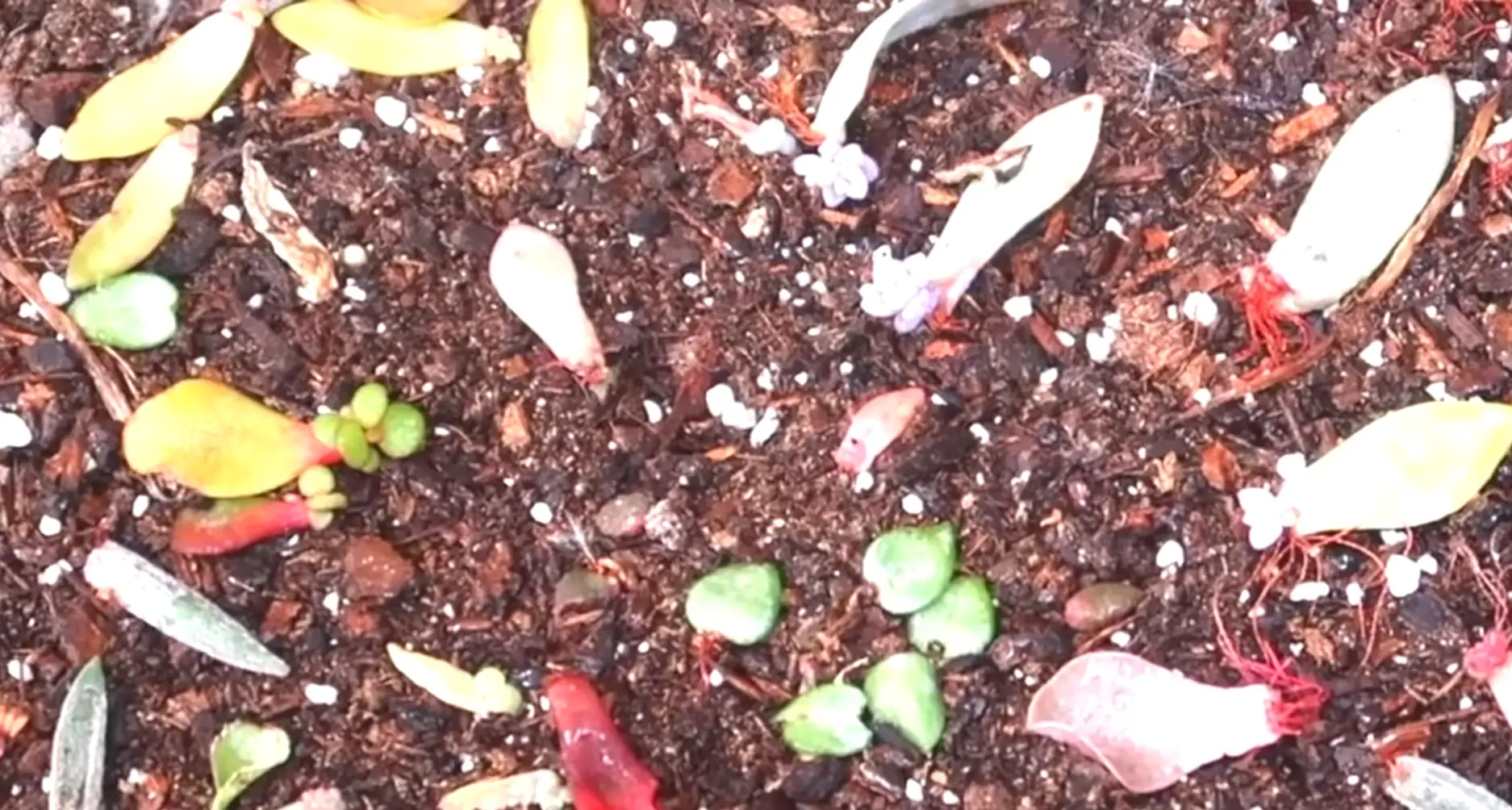
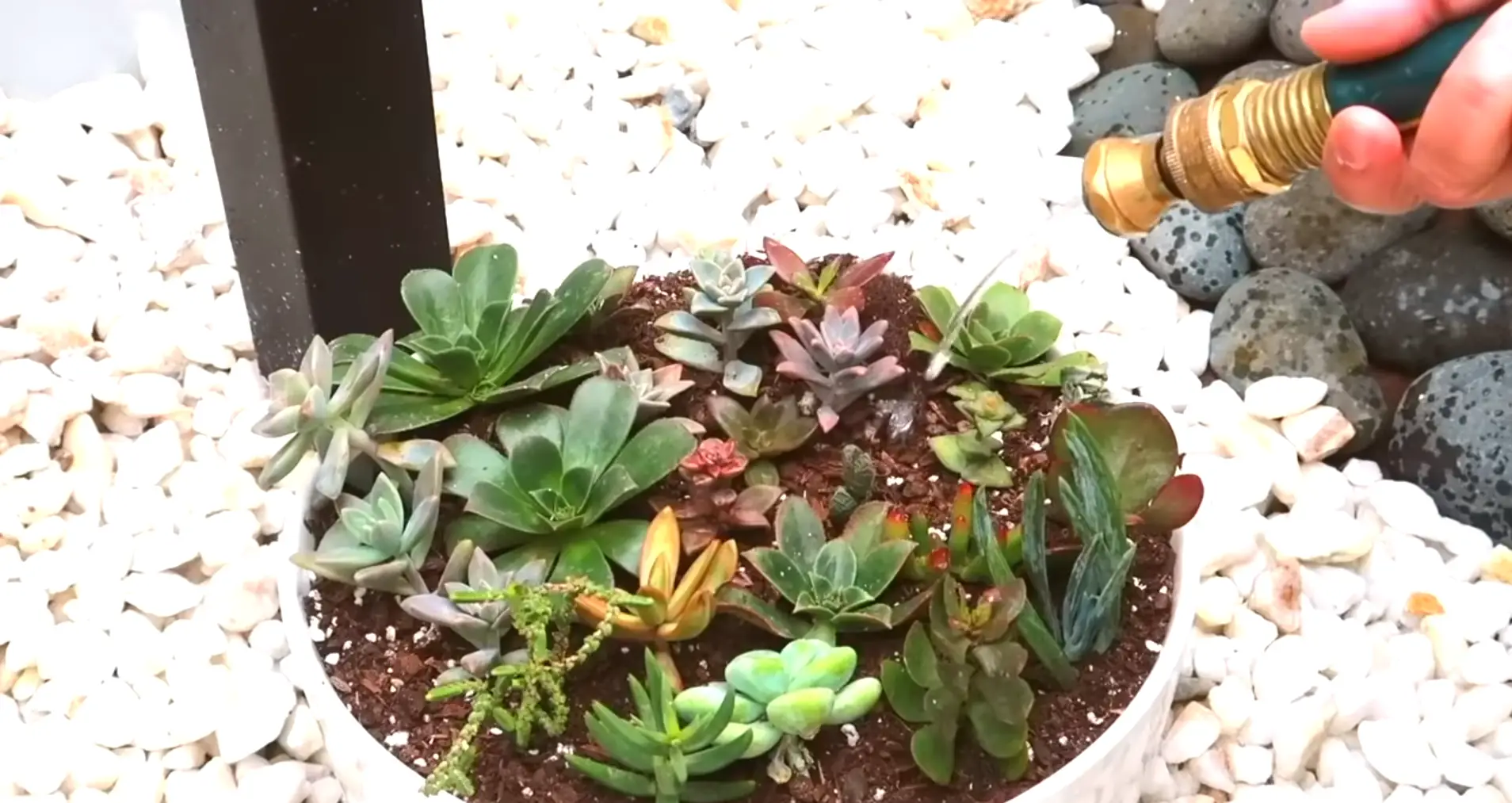




Leave a Reply
View Comments